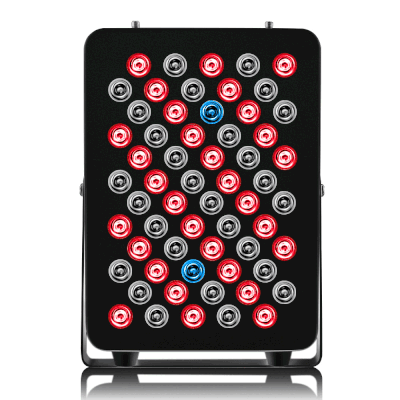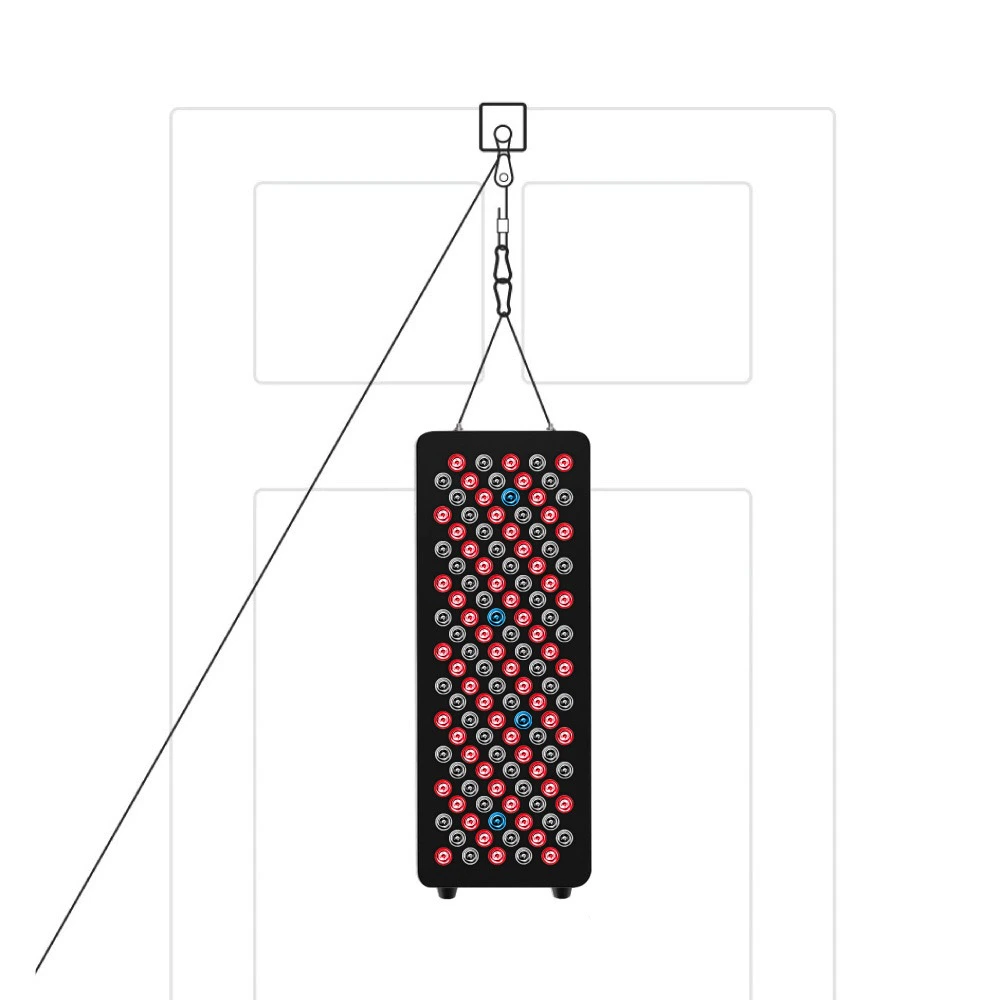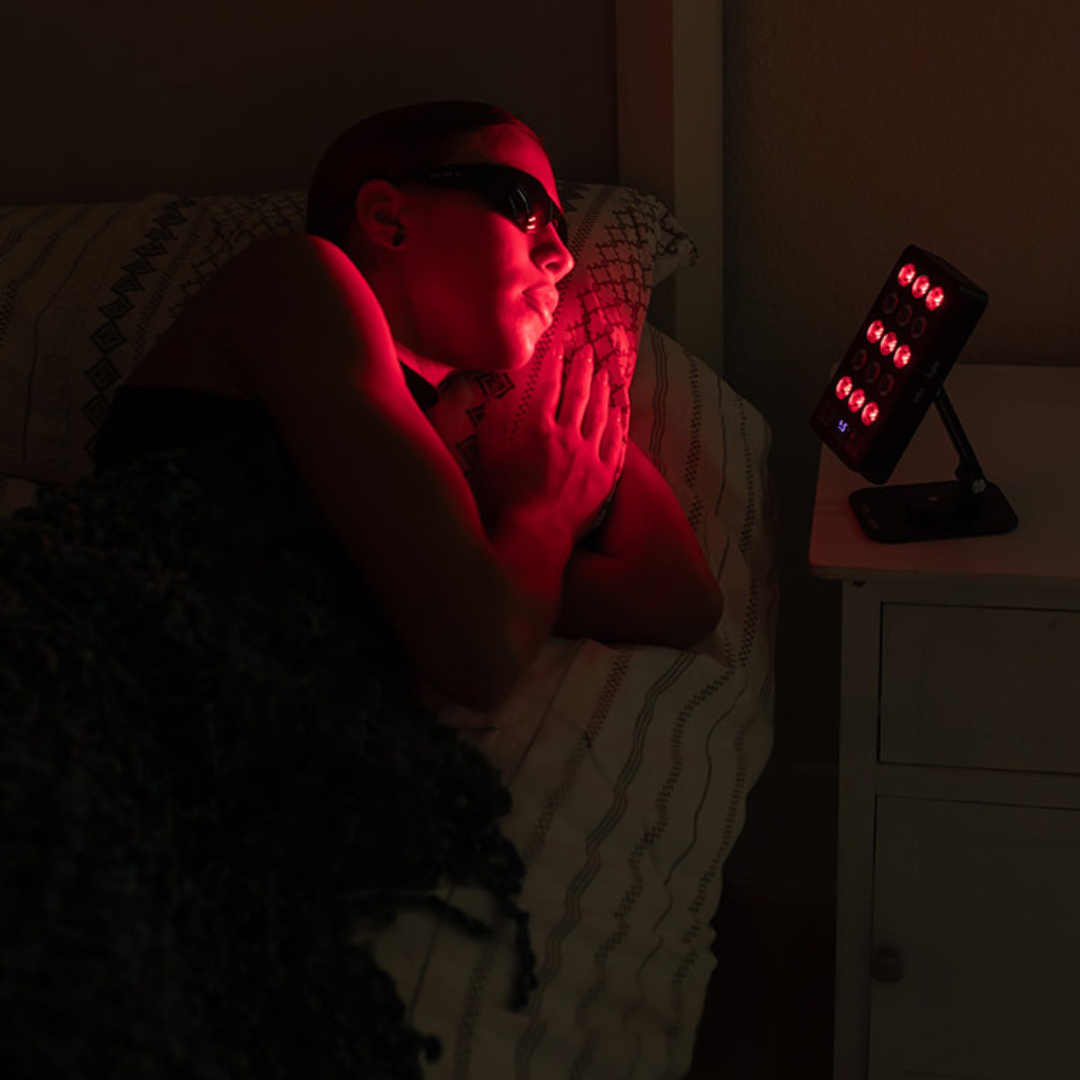![]() Free Shipping
Free Shipping ![]() Buy Now, Pay Later
Buy Now, Pay Later ![]() Eligible
Eligible
Blue Light Therapy for Hair Growth: A Science-Backed Guide

Shedding Light on a New Hair Loss Solution
Hair loss is a common concern affecting millions worldwide, driving a constant search for effective, non-invasive solutions. While treatments like minoxidil, finasteride, and hair transplants dominate the conversation, a new contender is emerging from the shadows: Blue Light Therapy.
Also known as low-level light therapy (LLLT) or photobiomodulation, this treatment is gaining traction for its potential to rejuvenate hair follicles and promote growth. But what exactly is it, and does the science hold up? This article illuminates the mechanisms, benefits, and real-world expectations of using blue light for hair growth.
Expert Insight: “While red light is the most studied wavelength for hair growth, emerging research on blue light is promising. Its anti-inflammatory and antimicrobial properties can create a healthier scalp environment, which is a critical foundation for any hair growth treatment to succeed.” – Hypothetical Dermatology Specialist
How Does Blue Light Therapy Stimulate Hair Growth?
The process is rooted in photobiology. Unlike harmful UV rays, low-level blue light penetrates the scalp at a safe, specific wavelength (typically around 415-470 nanometers). This light energy is absorbed by the mitochondria within the cells of your hair follicles.
Here’s a breakdown of the biological chain reaction:
- Cellular Energy Boost: The absorbed light energy supercharges the mitochondria, encouraging them to produce more adenosine triphosphate (ATP), the primary fuel for cellular activity.
- Improved Blood Flow & Oxygenation: With more energy, follicle cells function more efficiently. This leads to increased blood circulation, delivering more oxygen and essential nutrients to the hair roots.
- Prolonged Growth Phase (Anagen): The energized environment can signal dormant or resting (telogen) hairs to re-enter the active growth (anagen) phase.
- Reduced Inflammation & Bacteria: Blue light has natural anti-inflammatory and antimicrobial properties, which can help soothe an irritated scalp and reduce conditions like folliculitis that can impede hair growth.
Blue Light vs. Red Light Therapy for Hair: A Comparative Analysis
While both are forms of LLLT, blue and red light operate at different wavelengths and offer distinct benefits. The choice isn’t necessarily about which is “better,” but which might be more suitable for your specific situation.
| Feature | Blue Light Therapy | Red Light Therapy |
|---|---|---|
| Primary Wavelength | ~415 – 470 nm | ~630 – 670 nm |
| Primary Mechanism | Anti-inflammatory, Antimicrobial, Moderate ATP boost | Primarily ATP production, Enhanced blood flow |
| Best For | Oily scalps, Dandruff, Folliculitis, Early-stage thinning | Androgenetic Alopecia (pattern baldness), General follicle stimulation |
| Scientific Backing | Growing, but less extensive than for red light | Extensive and well-established for hair growth |
| Key Benefit | Creates a healthy scalp environment | Directly energizes follicles for growth |
The Synergy: Many modern at-home devices now combine blue and red LEDs, aiming to provide the scalp-clearing benefits of blue light with the powerful follicle-stimulating effects of red light.
Documented Benefits of Using Blue Light for Hair
The advantages of incorporating blue light therapy into your hair care routine are multi-faceted:
- Non-Invasive and Painless: The treatment involves simply wearing a cap or helmet for a set time. There is no pain, downtime, or recovery period.
- Minimal Side Effects: When used as directed, blue light therapy is considered very safe. Some users might experience mild, temporary scalp dryness.
- Complements Other Treatments: It can be used alongside topical treatments (minoxidil) and supplements, potentially enhancing their effectiveness by improving scalp health.
- Targets the Root Cause: By focusing on cellular energy and scalp environment, it addresses fundamental factors of hair health, not just the symptoms.
- Convenience: With the rise of FDA-cleared at-home devices, consistent treatment is more accessible than ever.
How to Use Blue Light Therapy for Optimal Results
Consistency is the key to success with light-based therapies.
- Choose Your Device: You can find in-office treatments at dermatology clinics or purchase an FDA-cleared at-home device like a laser cap or helmet.
- Follow a Schedule: Most manufacturers recommend sessions lasting 10-30 minutes, performed 3 to 5 times per week.
- Be Patient and Consistent: Hair growth is a slow process. You may need to use the device consistently for 3 to 6 months before noticing significant results like reduced shedding and new growth (vellus hairs).
- Maintain a Healthy Scalp: For best results, use the therapy on a clean, dry scalp. Avoid blocking the light with heavy styling products.
VELLGUS Elite V2
THE #1 RATED RED LIGHT DEVICE
VELLGUS pro V2
THE #1 RATED FULL BODY RED LIGHT DEVICE
Potential Drawbacks and Considerations
While promising, blue light therapy is not a magic bullet.
- Time and Commitment: It requires a significant long-term commitment to see results.
- Variable Results: Effectiveness can vary based on the cause and stage of hair loss, age, and overall health. It is generally most effective for those in the early to moderate stages of hair thinning.
- Cost: High-quality at-home devices can represent a substantial upfront investment.
- Not for Everyone: Individuals with certain photosensitive conditions or those taking light-sensitizing medications should consult a doctor first.
Conclusion: Is Blue Light Therapy Right for You?
Blue Light Therapy represents a fascinating and scientifically-grounded frontier in the fight against hair loss. Its ability to energize hair follicles at a cellular level while simultaneously creating a cleaner, less inflamed scalp environment makes it a compelling option.
For individuals struggling with early-stage thinning, an oily or inflamed scalp, or those seeking a non-invasive supplement to their existing routine, blue light therapy is certainly worth serious consideration. However, it is crucial to have realistic expectations, understand that it requires consistency, and, as with any new treatment, consult with a dermatologist or healthcare provider to determine if it’s the right strategy for your specific type of hair loss.








